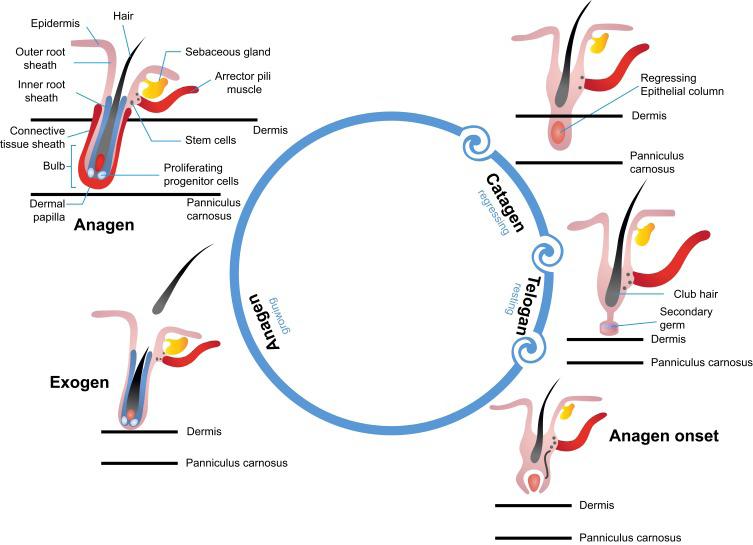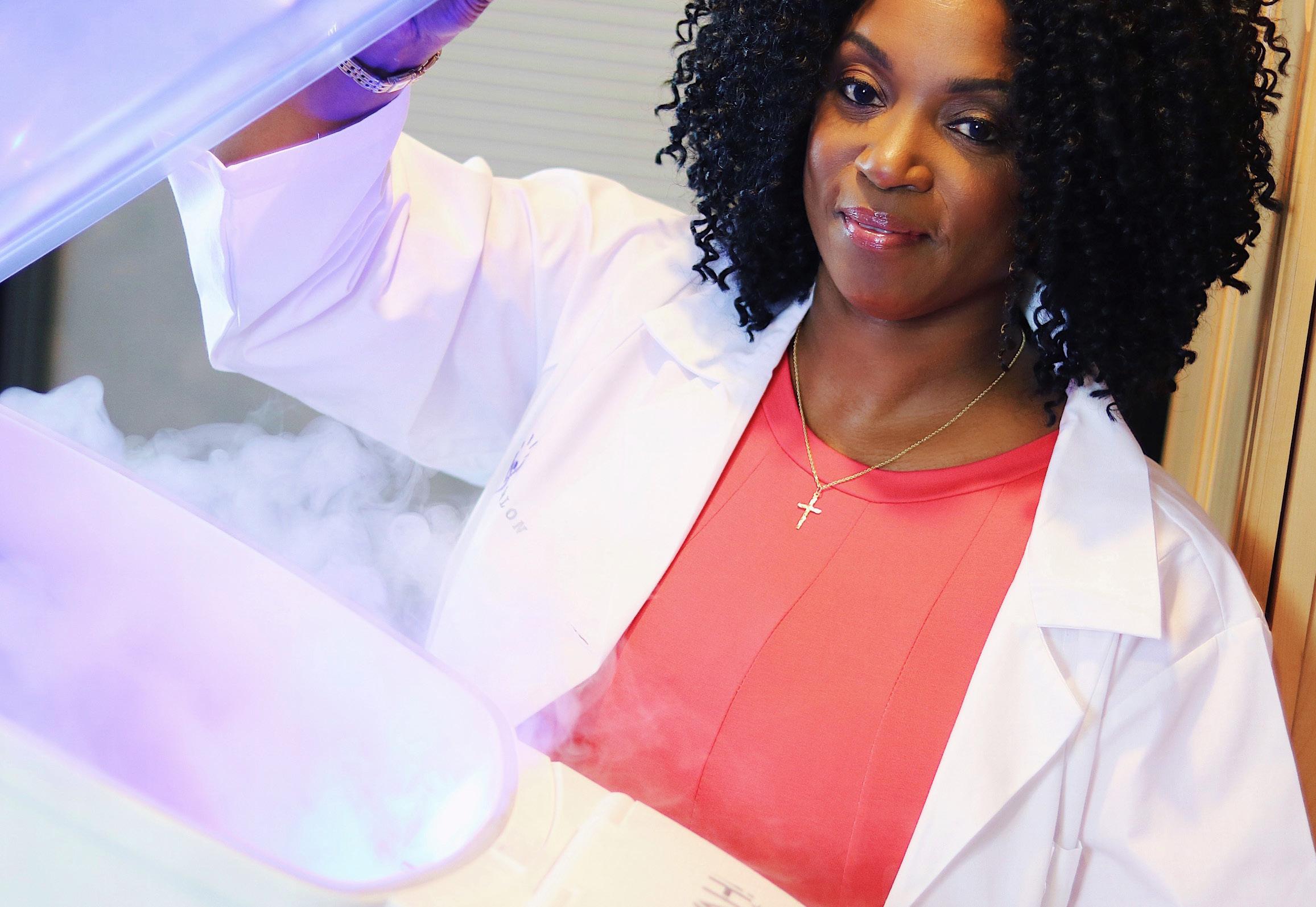
5 minute read
Small Business Concierge Fall-Winter 2020-2021
Shedding Light on Hair Loss
By: Vanda McCauley Certified Hair Replacement Specialist| Vanda Salon|https://www.vandasalon.net
Advertisement
Fun Fact: Hair is one of the fastest-growing tissues of the human body. Hair loss is fast becoming a universal problem. Men and women alike are desperately trying to find solutions to control their hair loss and perhaps regrow it. It is safe to say that suffering from hair loss or a receding hairline is stressful. The added stress and challenge is not knowing what protocol is best for growing the hair back. Types of therapy are red light therapy, hair transplant, prescription drugs, injections, topicals, and many more. Which one are you supposed to use? Why does the decision between which hair loss solutions to employ has to be so complicated?
This article breaks down the advancement made in red light therapy as it relates to hair regrowth, as well as provide a clear-cut way of weighing the pros and cons of popular treatment protocols that work, therefore simplifying the decision making process for which hair regrowth system may be best for you. Read and learn the science behind red light therapy and its effect on baldness versus prescription drugs and invasive procedures such as hair transplant surgery. The market is full of hair loss treatments. The problem is that very few products are backed by solid scientific data proving their effectiveness. This article will showcase several treatment options that most medical professionals agree are effective:
Minoxidil: One of the most common treatments for hair loss, is the active ingredient in Rogaine but can be purchased in many other forms both over the counter and by prescription. Minoxidil is usually applied topically. It acts as a potent vasodilator that increases blood flow to the hair follicle to prevent miniaturization; the FDA approves this medication to treat pattern balding in both men and women.
Finasteride: This is a commonly used treatment for hair loss in men, also known as Propecia, a prescription medication normally taken orally and works by preventing DHT production. The FDA approved this product to treat pattern balding in men only and should not be used by women.
Spironolactone: A prescription medication, which can be used to treat female hair loss. Spironolactone can be taken orally or applied topically. It works to combat hair loss by preventing the productions of androgen hormones as well as DHT. This medication is not approved by the FDA to treat hair loss and should not be used by men.
Hair Transplant Surgery: This is a surgical procedure involving moving healthy follicles from the back of the head to thinning and balding areas. If performed properly, gain a full head of real hair that is nearly bald patients can permanent and looks 100% natural. Results will vary with each client depending on genetic factors and the pattern of hair loss.
Red Light Therapy: This is an effective, safe and versatile treatment for pattern hair loss in both men and women. Distinctively, red light therapy does not involve drugs or surgery; it does not cause serious adverse side effects. It can be used by both men and women and can be used in conjunction with all other hair-loss treatments. When coupled with all-natural nutraceuticals, red light therapy rejuvenates and fortifies the hair follicles to strengthen and nourish the hair and scalp.
Hair growth works in three phases: 1) the growth (anagen) phase, 2) the rest (telogen) phase, and 3) the shedding (catagen) phase. When red light therapy is introduced, the last two phases are sped up. Because red light therapy helps increase blood flow in the scalp, it encourages faster metabolism in the catagen and telogen hair follicles, aka the follicles that are resting and shedding their hair. It causes a quicker production of new hair. Also, red light therapy has been shown to stimulate follicles that have stopped producing hair to start and encourage follicles that grew thin and brittle hair to grow healthier hair.

Red light therapy is a natural treatment option for hair loss producing excellent results and gaining acceptance with hair loss professionals. Backed by solid clinical research, red light therapy treatments have increased hair count, hair density, and hair thickness for men and women comparably. Several red-light devices have been FDA cleared for treating androgenic alopecia in men and women.


To date, no known therapy will work for all types of hair loss, and the reality is that once the follicle has died, it’s not likely to be revived. Still, I believe that baldness will be a preference rather than something that has to be suffered in the near future. Remember, no matter which option you select, any reversal journey pairs best with a healthy lifestyle.
Learn more about the “root causes of hair loss and its treatment “ at https://www.vandasalon.net/


